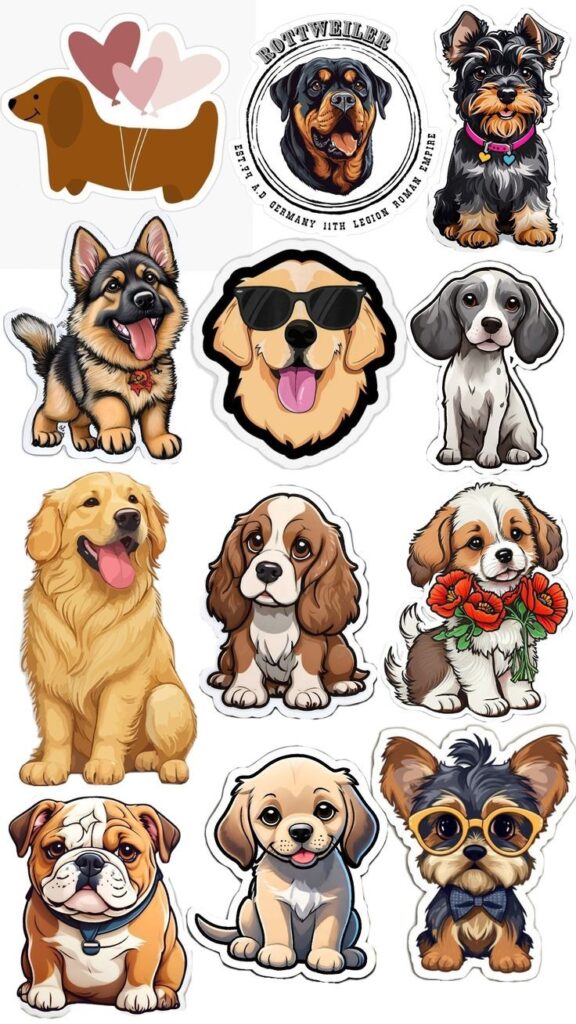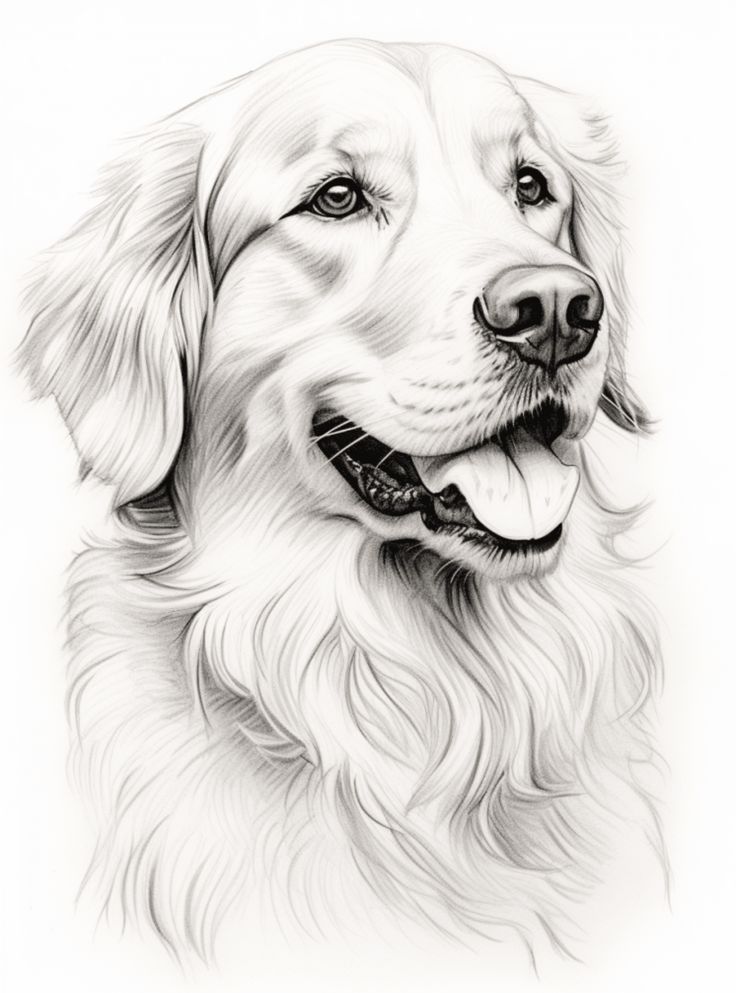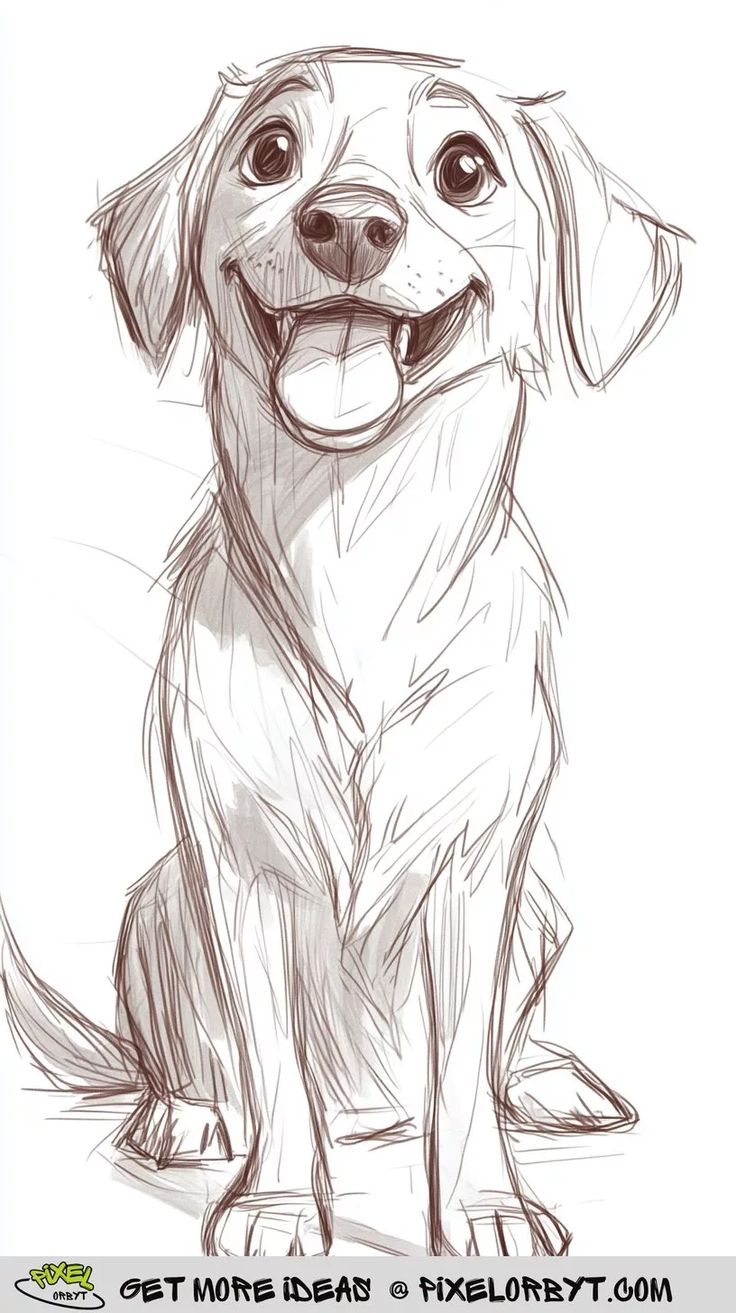Dog Drawing: The Comprehensive Step-by-Step Guide for Beginners

Introduction to Dog Drawing
Dog Drawing: The Comprehensive Step-by-Step Guide for Beginners. Dogs are one of the most favorite objects for artworks, cherished for their personality, loyalty, and charm. From a beginner artist to a professional illustrator, drawing dogs can be creative and entertaining. Dogs have an endless variety of shapes, sizes, and breeds, and that gives plenty of room for artistic challenges from a fur coat texture to a sparkle in their eyes.
In this in-depth tutorial, we’ll take you through all there is to know about drawing dogs—basic anatomy, realistic shading techniques—so that you can produce drawings that are as lively and engaging as your furry subject.
Equipment and Supplies You’ll Need to Draw Dogs
Minimum Sketching Supplies
To get underway drawing dogs, you’ll require a few minimum supplies:
- Graphite pencils (HB, 2B, 4B, 6B) for various intensities of shading.
- A kneaded eraser for delicate touch-ups.
- A sharpener for crisp, clean lines.
Recommended Types of Paper
- Smooth Bristol paper for realistic, detailed portraits.
- Sketch pads for rapid practice sketches.
- Textured paper if a more textured, artistic finish appeals to you.

Selecting the Pencils and Erasers
Harder pencils (H grades) for light lines, and softer pencils (B grades) produce deep shading. A kneaded eraser to remove graphite without marking the paper, ideal for highlighting fur.
Anatomy of Dog Drawing
Proportion and Body Structure
Pre-draw study the proportions:
- Head is about a third body length (varies with breed).
- Legs must match breed type—short for bulldogs, long for greyhounds.
- Tail shape typically mimics the mood of the animal.
Facial Features and Facial Expressions
Dogs convey a great deal through eyes, ears, and mouth: Dog Drawing
- Soft, rounded eyes for friendly breeds.
- Pointy, attentive eyes for working breeds.
- Flop or stand ears may completely alter the face of a dog.

Fur Patterns and Textures
Short coats need smooth shading, but long coats love strokes in direction to mimic flow.
Step-by-Step Canine Drawing Tutorial
Step 1: Sketching Basic Shapes
Begin with simple ovals and circles to draw the head, body, and joints.
Step 2: Face Details
Softly draw eyes, nose, and mouth. Be balanced.
Step 3: Body and Limbs
Draw muscle lines and spine curves. Draw the legs in simple cylindrical forms.
Step 4: Drawing the Tail and Ears
Use curved lines for smooth flow—never rigid, straight forms.
Step 5: Shading and Texture of the Fur
Use strokes in the direction of hair growth. Blush gently for smooth fur or don’t blend the strokes for coarse coats.

Drawing Realistic Dogs: Tips
Having Personality Show Through in Expression
Notice individual subtleties of your dog—perhaps a tilt of the head or an individual squint with an eye.
Light and Shadow Techniques
Employ cross-hatching or blending to achieve depth.
Using References Effectively
Start with high-quality photos or observation.
Avoiding Common Mistakes in Drawing Dogs
- Incorrect Proportions: Measure first, then add details.
- Over-Complicating Details: Add main details first.
- Not Accounting for Light Source: This makes the drawing two-dimensional.
Drawing Various Styles
- Cartoon Dog Drawing: Exaggerated forms, bold lines.
- Realistic Dog Portraits: Minute details, realistic texture.
- Abstract and Stylized Dogs: Creative shapes and colors.
Digital Dog Drawing Techniques
- Use apps like Procreate, Photoshop, or Krita.
- Work on different layers for outlines, base color, and shadows.
Practice Exercises
- Quick Sketch Challenges: 2–5 minute time limits.
- Breed Studies: Contrast body shapes of different dogs.
- Daily Drawing Routine: Practice routine.
FAQs About Dog Drawing
How long does it take to be good at drawing dogs?
It’s different—consistent practice can take a few months.
Should I study anatomy prior to drawing dogs?
Yes, it’s a big difference in accuracy.
Can I draw dogs from memory?
Possible, but references provide realism.
What is the simplest breed to begin with?
Short-haired breeds such as beagles or labs.
How do I achieve realism with fur?
Layer soft pencil strokes and blend pressure.
Is digital drawing easier than traditional drawing?
It depends on your familiarity with technology.
Drawing dogs is more than an artistic skill—it’s a way to share the love, vitality, and joy that dogs infuse into our lives. Drawing your own pet or commissioned portraits, the methods contained in this book will help you to bring every dog personality to bright, living life.
